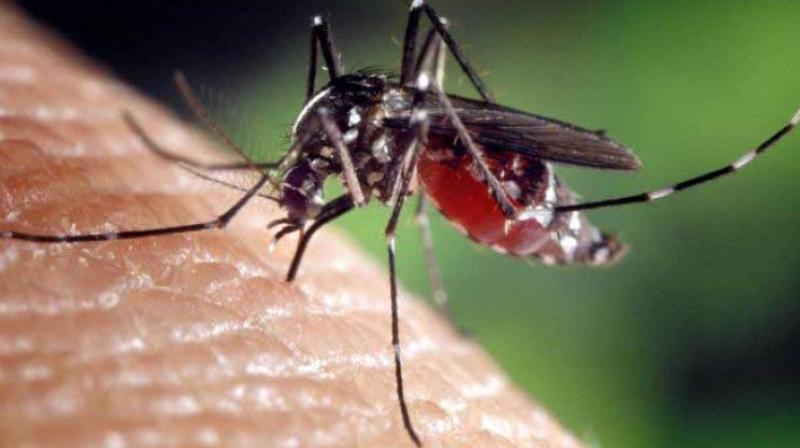How to deal with the deadly dengue
Dengue is caused by the Aedes aegypti mosquito, which breeds during daytime in clear water.

The fight against dengue is set to get fiercer. According to the National Vector Borne Disease Control Programme (NVBDCP), over 1.30 lakh cases of dengue have been reported in 2016. As many as 25,000 cases were from south India. Dengue is caused by the Aedes aegypti mosquito, which breeds during daytime in clear water. With open plots collecting rainwater and potholes becoming breeding grounds for these mosquitoes, the disease has become a cause for concern during every monsoon. Dr Hari Kishan Boorugu, consultant, internal medicine, Apollo Hospitals, explains.
 Rainfall is erratic and the dry spell that follows gives the mosquitoes time to breed.
Rainfall is erratic and the dry spell that follows gives the mosquitoes time to breed.
There is high awareness about dengue and many surveillance programmes are in place. Even then there are many cases being reported. Why?
The dengue virus belongs to the Flavivirus group and has four serotypes Den 1, 2, 3 and 4. In 2016, Den 3 was the dominant strain. Once affected, the virus circulates in the blood of the person for two to seven days.
This year, we have to wait and see which strain is dominant and accordingly the incidence will be understood.
Can climate change be one of the reasons why these mosquitoes breed easily?
Rainfall is erratic and the dry spell that follows gives the mosquitoes time to breed. It is important to ensure there is no stagnation of water around the homes. This is one of the main reasons why mosquitoes breed.
In the case of dengue, we find the mosquitoes breeding in fresh water —pot trays, water fountains, water kept for flower arrangements, and water stored in plastic bins. It is important to ensure a dry day once a week, when this water is emptied out.
Since mosquitoes also cause malaria, chikungunya and Zika, is there scope for dual infections?
Dual infections of dengue and chikungunya have been reported, where both viruses have been found in persons. Coinfection is not common. These cases are rare but have been documented in tropical regions, which means one has to be alert. Zika is the latest threat and we have to opt for testing, after dengue and chikungunya are ruled out. This has now become a part of the protocol.

